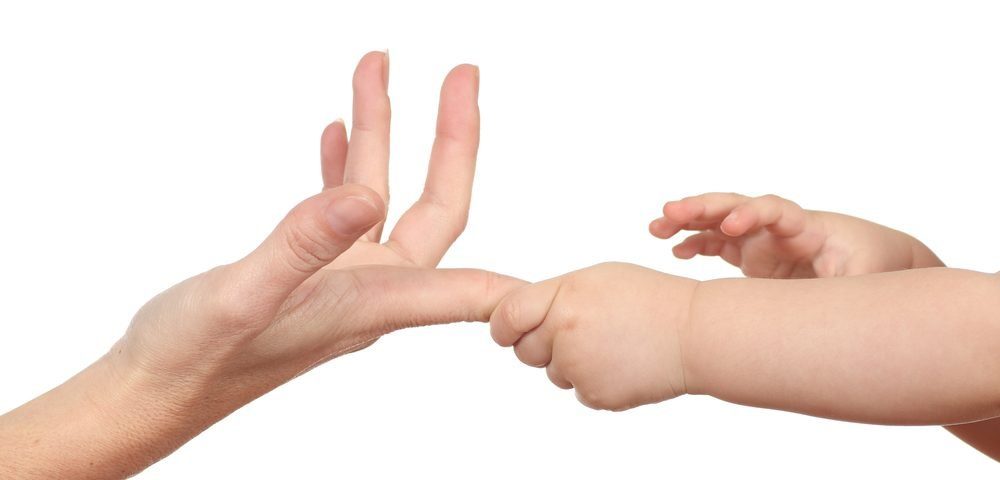Experts Develop New Treatment Algorithm for SMA Infants Diagnosed via Vital Newborn Screening
Written by |

A panel of experts has developed a new treatment algorithm for infants diagnosed with spinal muscular atrophy (SMA) via newborn screening, a study reports.
Such newborn screens are vital because outcomes for SMA improve dramatically if therapy begins within the first few days of life, the researchers say.
The study, “Spinal Muscular Atrophy Diagnosed by Newborn Screening,” was published in Pediatric Neurology Briefs.
SMA is caused by mutations in the SMN1 gene that lead to little or no production of the SMN protein, which is essential for muscle health. The existence of a second survival motor neuron gene called SMN2, which produces an identical sequence, can partially compensate for the loss of SMN1-produced protein. However, much of the protein regularly produced by the SMN2 gene is shorter and therefore nonfunctional.
Different subtypes of SMA exist, depending on the number of copies of the SMN2 gene an individual carries. The panel made specific recommendations for each SMA subtype, based on the premise that “treatment guidelines, after positive identification of SMA [via newborn screening], could … be centered on the SMN2 copy number.”
The experts unanimously recommended that infants with SMA type 1 or type 2 receive immediate therapies to boost the levels of SMN protein within their bodies. For pre-symptomatic newborns with type 0, the panel strongly recommended immediate treatment. For symptomatic type 0 newborns, the experts advised that physicians assess individual treatment needs.
In cases of SMA types 3 and 4, the panel advocated for no immediate treatment and instead called for careful follow-up to assess for the presentation of symptoms. Follow-up should be with a neuromuscular specialist, with the goal of determining the exact number of copies of the SMN2 gene, which plays a key role in disease progression in these subtypes.
According to the panel, the follow-up visits for babies with SMA types 3 and 4 should occur every three to six months until age 2 and then every six to 12 months thereafter. Patients should be monitored for changes in muscle strength, loss of reflexes, failure to meet milestones or motor regression, and declines in the ability to maintain posture.
The panel further recommended a written checklist for caregivers of SMA patients diagnosed via newborn screening, as their treatment will differ from that of children diagnosed after disease onset. Caregivers can monitor their children for key signs listed on the checklist, which would prompt an immediate re-evaluation.
Two therapies for SMA have been approved by the U.S. Food and Drug Administration since 2016. Both Spinraza (nusinersen) and Zolgensma (AVXS-101) are meant to increase the amount of functional SMN proteins within the body. Zolgensma, developed by Novartis, is a gene therapy that delivers a functional copy of SMN1 to motor neurons. Meanwhile Biogen‘s Spinraza increases the ability of the SMN2 gene to produce a full-length SMN protein.
Both therapies work best if begun early after birth, adding urgency to newborn screening. SMA was recently added to the Recommended Uniform Screening Panel (RUSP) list of disorders recommended for newborn testing by the U.S. Department of Health and Human Services. However, not all states screen for the full list.






